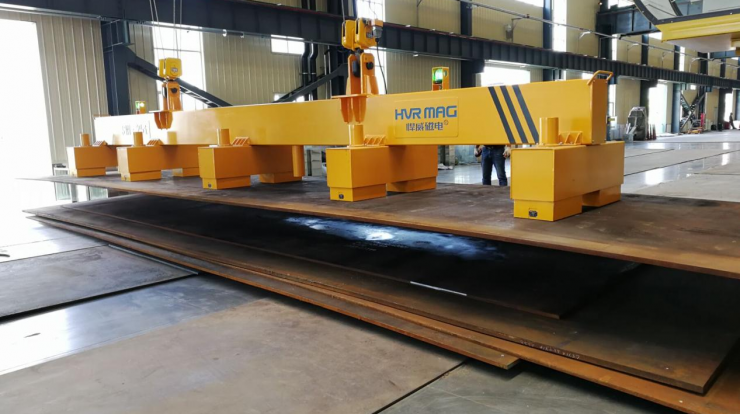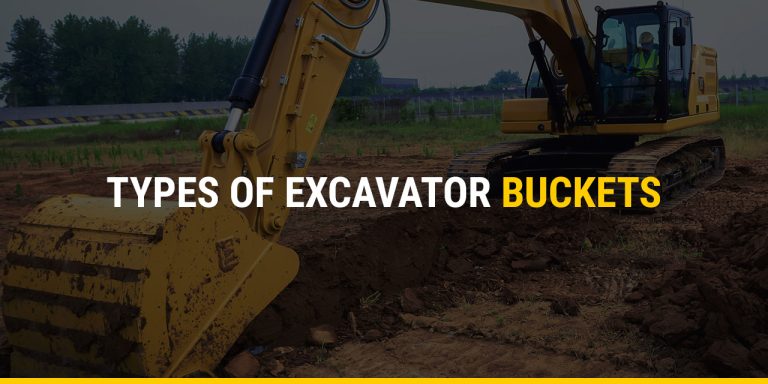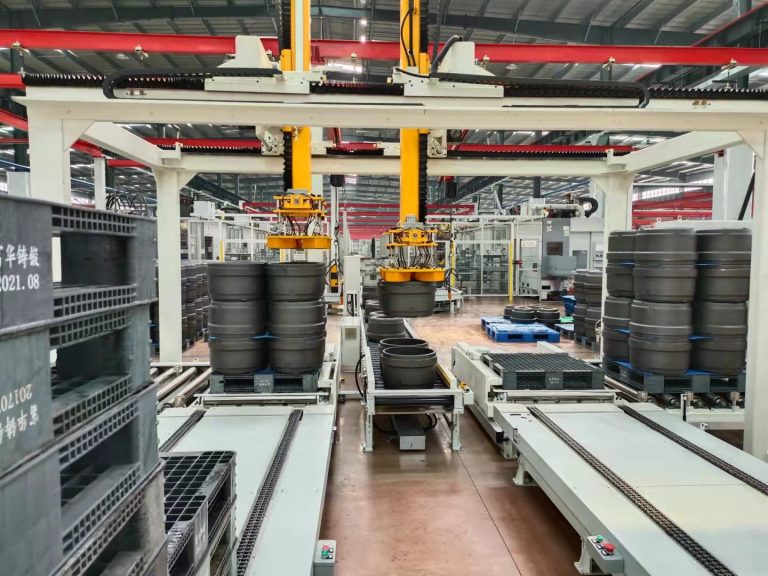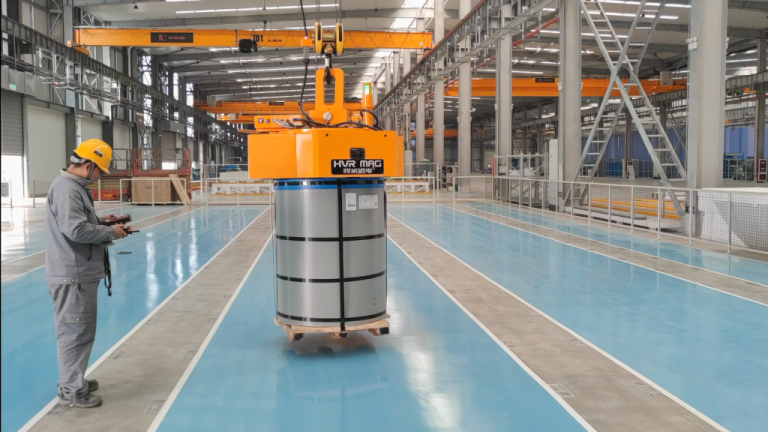5 Signs That It's Time To Replace Forklift Forks

5 Signs That It’s Time To Replace Forklift Forks
August 23, 2022
What are the signs it’s time to replace forklift forks?
- Bent blades
- Cracks on the surface
- Uneven blade height
- Over 10% wear
- Damaged positioning locks
The forklift is an industrial vehicle with the important daily task of handling equipment. It reduces the labor needed to move extremely heavy loads. That’s why you should not overlook the inspection of its parts, especially the forklift fork.
This fork is what comes into contact with the load that your vehicle needs to transport. As a result, it experiences the most wear and tear. Because of this, you should always watch out and be aware of the signs it’s time to replace forklift forks. Damaged forks pose many safety hazards that can damage the vehicle and others if left unnoticed — and unfixed.
Make it a routine to inspect the vehicle before use. Continue reading to know what to look out for on your forklift’s forks.
Bent blades
The blades of the fork are where the load and its pallet rest while being transported. It should always be at a 90° degree angle from the shank, the metal shaft perpendicular to the blade.
Make it a habit to always check if the bend from the shank to the blade. This can be done by using a forklift caliper. Once it exceeds 93 degrees, that means the fork needs to be replaced. You should never attempt to bend the blade back to its original position. This is just a cosmetic solution that leads to the fork becoming weaker.
Cracks on the surface
As you use a forklift, the fork may acquire cracks. These usually appear in the heel, weld, and tips of the fork. Once you see the small cracks in those areas, notify someone that it’s time for a replacement.
Cracks should never be brushed aside, even the smallest ones because they can easily become bigger cracks in a short period of time. The worst-case scenario here would be the fork snapping in two. This will damage both the load and the forklift in use.
Pay special attention to the tips of forks, too. These are the first things to touch materials and pallets. It can easily be prone to cracking. You can always inspect how products slide off the pallet. They should slide in and out with ease. If that doesn’t happen, then inspect the tip for any damage.
Uneven blade height
Forks have two blades that are parallel to each other. When looking at it from the front, the tips of the fork should always be at the same height.
The height of the two blades should not be more than 3% of the fork lengths. For example, if the blade is 50 inches long. The height between the two tips should not exceed 1.5 inches. Once it hits over that three percent, then it’s time to change the forklifts.
Over 10% wear
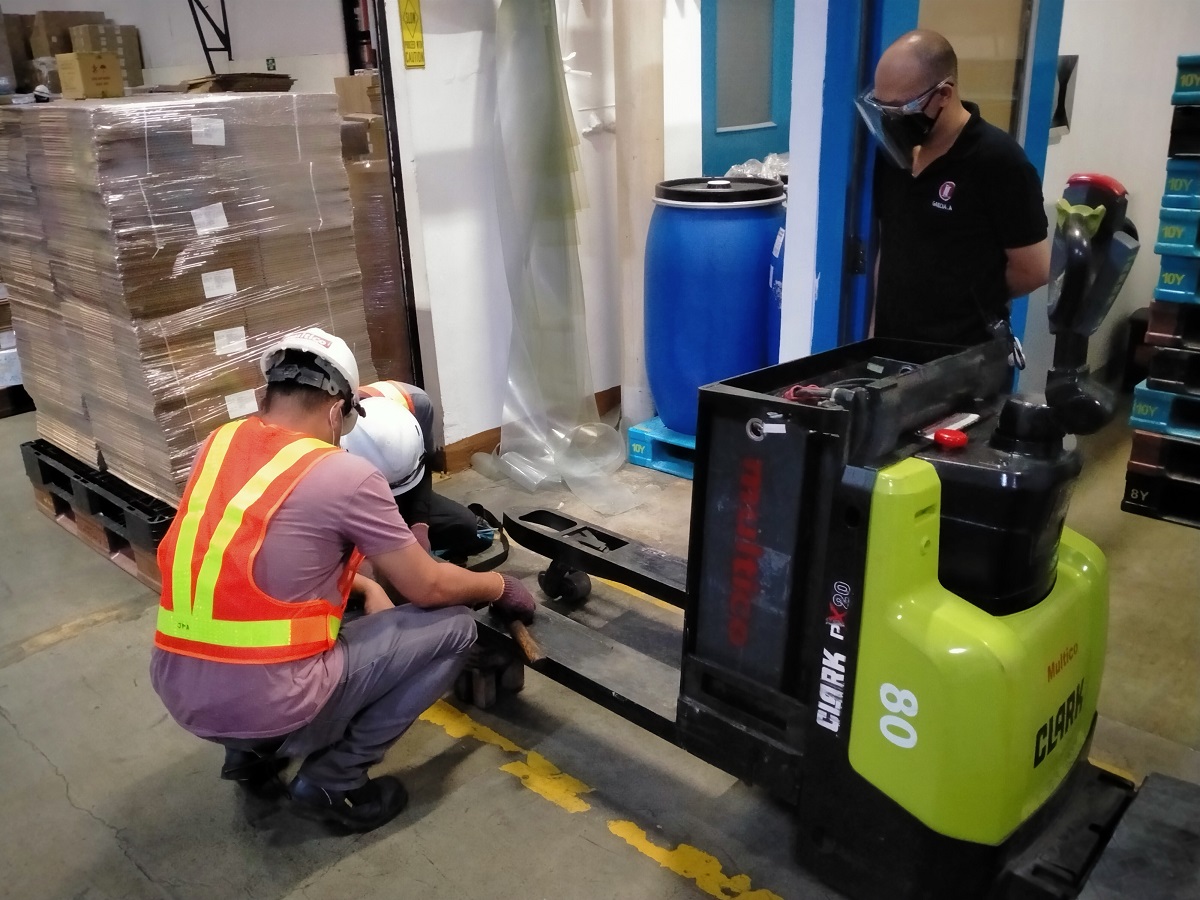
Forklifts are used every day, especially in jobs that require transporting heavy loads. You can expect the metal of the forks to wear down over time, but you never let it go over 10% of wear. When it reaches this point, the load capacity decreases by 20%. This can directly affect the productivity of the job and even cause further damage to the fork.
This is a harder aspect to measure. You’ll need the help of forklift calipers to measure its wear. This is done by measuring the fork’s shaft. You’ll then compare the blade’s base measurements and its thickness. If it goes over 10% of the total thickness, then you can no longer use the forks of the lift.
Damaged hooks and positioning locks
Aside from the blade, you can also notice the hooks and locks of the blade wearing down. These are the parts found along the blade’s shanks that attach the entire fork to the carriage.
Before use, you need to always inspect the positioning locks. They should be able to open and close easily. This can pose a huge safety hazard if left unchecked.
On the hook of the fork, watch out for any deformities made from crushing and pulling the fork. This can easily be checked by using the forklift caliper. This measures the wear and straightness of a hook. The lip of the hook touching the back of the hook is one of the signs it’s time to replace the forklift fork.
You should also check the distance between the fork and the carriage. Excessive distance is also a good sign you need to replace the fork.
Key Takeaway
Now that you know the signs it’s time to change a forklift, you should make it a habit to check for these daily. Before using a forklift, conduct an inspection to assess if any of its parts need replacing. Wears and tears are noticeable signs to change their fork. You can also use tools like the caliper to assess the vehicle.
If you’re interested in finding replacement parts for your fork or purchasing a forklift, you can send us a message here at Multico, the supplier of the best forklifts and the top heavy equipment supplier in the Philippines!

